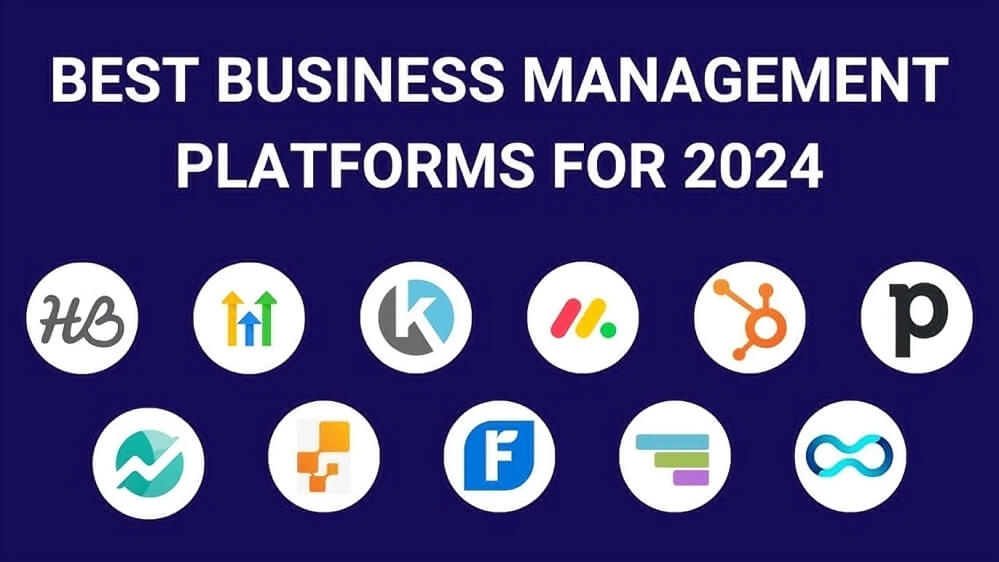Introduction
In the 21st century, science, technology, engineering, and mathematics (STEM) have become the backbone of innovation and economic growth. Yet, even as these fields evolve at a rapid pace, a significant disparity remains: the underrepresentation of women. Despite comprising nearly half of the global workforce, women account for a much smaller percentage in STEM careers. This imbalance not only reflects broader gender inequalities but also deprives the world of diverse perspectives that are essential for creative problem-solving and inclusive innovation. Addressing this gap is both a moral and practical imperative.
A Historical Perspective
Historically, the contributions of women in STEM have often been overlooked or undervalued. During the early 20th century, societal norms and limited access to education significantly restricted women’s involvement in scientific disciplines. Nonetheless, pioneers like Marie Curie, the first woman to win a Nobel Prize, and Ada Lovelace, regarded as the world’s first computer programmer, laid the groundwork for future generations.
The two World Wars temporarily opened doors for women in scientific and engineering roles, as men were drafted into military service. Women worked as codebreakers, mathematicians, and engineers—key roles exemplified by the “Hidden Figures” of NASA, such as Katherine Johnson and Dorothy Vaughan. However, when the wars ended, many women were pushed back into traditional roles or out of the workforce entirely.
The latter half of the 20th century saw progress due to the feminist movement and legislative changes like Title IX in the U.S., which prohibited gender discrimination in education. Still, deeply ingrained biases, stereotypes, and structural barriers persisted and continue to do so in various forms today.
The Current Landscape
As of 2025, women make up about 28% of the workforce in STEM fields globally, with variations depending on the region and the specific discipline. In fields such as biology and chemistry, the representation of women is relatively higher, often approaching parity. However, in engineering, physics, and computer science, the numbers are significantly lower.
In computer science, for instance, women earned only about 20% of bachelor’s degrees in the United States in recent years. In engineering, women represent roughly 16% of the workforce. The disparity is even more pronounced in leadership roles, with far fewer women in senior research positions, tenure-track faculty roles, or C-suite technology positions.
This underrepresentation is not due to a lack of talent or interest. Studies show that girls perform as well as boys in math and science during primary and secondary education. However, the number of women pursuing STEM careers declines sharply after high school. This phenomenon, often described as the “leaky pipeline,” results from a combination of cultural, educational, and professional barriers.
Barriers to Entry and Advancement
1. Stereotypes and Cultural Expectations
From a young age, girls are often exposed to societal messages that discourage them from pursuing math-intensive subjects. The stereotype of STEM being a “male domain” can shape self-perception and influence choices. Media representations often reinforce these stereotypes, showcasing male scientists, engineers, and tech innovators while neglecting female counterparts.
2. Lack of Role Models
The scarcity of visible female leaders in STEM perpetuates the idea that success in these fields is reserved for men. When girls and young women don’t see people like themselves thriving in these roles, they are less likely to envision a future in STEM. Representation matters—not just in media but in classrooms, workplaces, and leadership positions.
3. Bias and Discrimination
Implicit and explicit biases continue to plague academic and professional environments. Studies have shown that identical resumes with male names receive more callbacks than those with female names for STEM positions. In academia, women often face greater scrutiny during peer review, are cited less frequently, and are underrepresented in prestigious journals and awards.
4. Workplace Environment
STEM workplaces can be unwelcoming or even hostile to women. Issues such as gender-based harassment, unequal pay, limited access to mentorship, and poor work-life balance policies disproportionately affect women. The “bro culture” in tech, for instance, has been widely criticized for fostering exclusionary and toxic environments.
5. Retention Issues
Even when women enter STEM fields, many leave mid-career due to a combination of the above factors. A lack of advancement opportunities, inadequate support during maternity leave, and burnout contribute to high attrition rates among women in STEM.
The Importance of Gender Diversity in STEM
Increasing gender diversity in STEM is not just a matter of equity; it is a strategic advantage. Diverse teams bring varied perspectives, experiences, and approaches to problem-solving. Research consistently shows that gender-diverse teams outperform homogeneous ones in innovation and profitability.
In medicine, for example, a diverse research team can better study how diseases affect different genders, leading to more effective treatments. In engineering and design, products created by diverse teams are more likely to meet the needs of a broader population. Moreover, including women in artificial intelligence and machine learning can help mitigate algorithmic biases and ensure more ethical technologies.
Strategies for Change
Addressing the gender gap in STEM requires systemic changes at every level—from early education to corporate leadership. Here are several strategies that have proven effective:
1. Early Intervention and Education
Encouraging girls to engage with STEM from an early age is critical. Programs like Girls Who Code, Black Girls Code, and STEMettes offer mentorship, skill-building, and exposure to role models. Schools should also integrate inclusive curricula that highlight the contributions of women scientists and challenge gender stereotypes.
2. Mentorship and Sponsorship
Mentorship can significantly improve retention and advancement for women in STEM. Experienced professionals can provide guidance, advocate for promotions, and help navigate workplace challenges. Sponsorship—where leaders actively champion their protégés—is even more impactful for career progression.
3. Inclusive Workplace Policies
Companies and institutions must adopt policies that support gender equity. This includes transparent hiring practices, equal pay audits, family leave policies, and zero-tolerance approaches to harassment. Creating a culture of inclusion where women feel valued and supported is essential for long-term retention.
4. Leadership Development
Women need access to leadership development programs that prepare them for managerial and executive roles. Encouraging women to take on leadership in technical teams can shift organizational cultures and inspire others to follow.
5. Media and Public Recognition
Celebrating the achievements of women in STEM through awards, media coverage, and public speaking opportunities helps normalize female excellence in technical fields. Documentaries, podcasts, and literature highlighting women’s contributions can challenge stereotypes and inspire the next generation.
Global Perspectives and Initiatives
Different countries have adopted various strategies to boost female participation in STEM. For example:
- In the European Union, the Horizon Europe program includes gender equity as a key criterion for research funding.
- India’s Vigyan Jyoti scheme targets girls from underrepresented communities, offering counseling and residential programs to prepare them for STEM careers.
- Rwanda, which has one of the highest percentages of female parliamentarians in the world, is investing in STEM education for girls as part of its national development strategy.
International organizations like UNESCO and the UN Women are also leading efforts to promote gender equality in STEM through research, funding, and policy advocacy.
Looking Ahead
The journey toward gender equity in STEM is ongoing, but progress is being made. The increasing visibility of women like Fei-Fei Li in AI, Katie Bouman in astrophysics, and Gitanjali Rao, a teenage inventor, offers hope and inspiration. As more organizations and governments commit to gender-inclusive policies, the barriers that once seemed insurmountable are slowly being dismantled.
However, change must be persistent and multi-faceted. It requires the combined efforts of educators, employers, policymakers, and communities to create environments where women not only enter STEM fields but thrive in them.
Conclusion
Women have always had the potential to shape and lead in STEM—what they have lacked historically is equal opportunity. The gender gap in STEM is not a reflection of ability but of systemic obstacles that have hindered access, recognition, and advancement. By removing these barriers, society stands to gain immensely in innovation, economic growth, and social equity.
Empowering women in STEM is not just a feminist issue—it is a societal one. The future of science and technology must be inclusive, diverse, and equitable. Only then can we fully unlock the potential of human ingenuity and progress.




















